Naturally Up Your Game with Astaxanthin
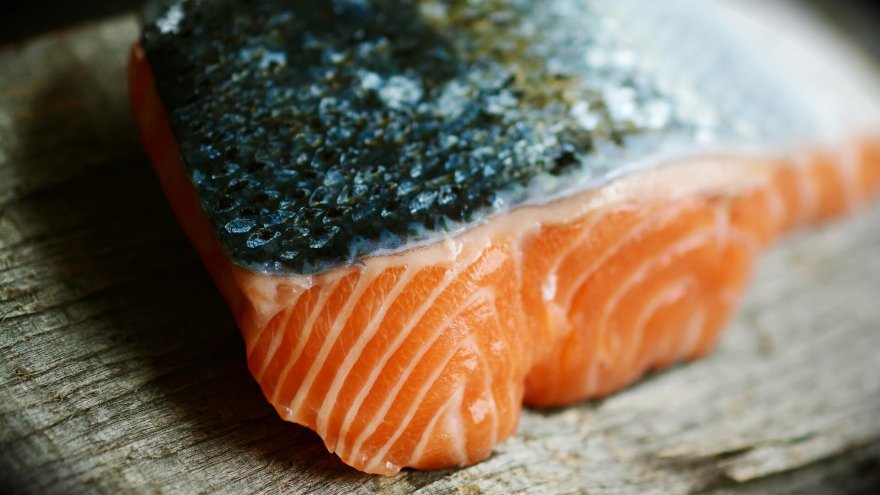
What is Astaxanthin?
As an antioxidant, astaxanthin boasts an impressive list of health benefits that runners will appreciate. Astaxanthin is a keto-carotenoid that belongs to the terpenes class of chemical compounds and is a staple in the diet of Okinawans, the people group with the highest life expectancy on the planet. It is found specifically in marine algae such as seaweed, and also occurs in the seafood and marine life that feed on such algae, including crab, lobster, salmon, and shrimp. Abundant in nutrients like antioxidants, essential fatty acids, and proteins, all algae has notable health benefits for humans.
According to the Linus Pauling Institute, carotenoids are a group of over 750 naturally-occurring pigments synthesized by algae, plants, and photosynthetic bacteria. This class of fat-soluble molecules is responsible for giving many red, orange, and yellow fruits and vegetables their vibrant hue. Compared to other carotenoids like beta carotene or lutein, astaxanthin is one of the most powerful carotenoids and effective natural antioxidants. Occurring most frequently in marine algae, it is also present in flamingos, whose diet can consist of crustaceans loaded with carotenoids. After digestion, the carotenoid pigments are dissolved and transferred to the feathers of the flamingo, creating a shade of pink or orange over time.
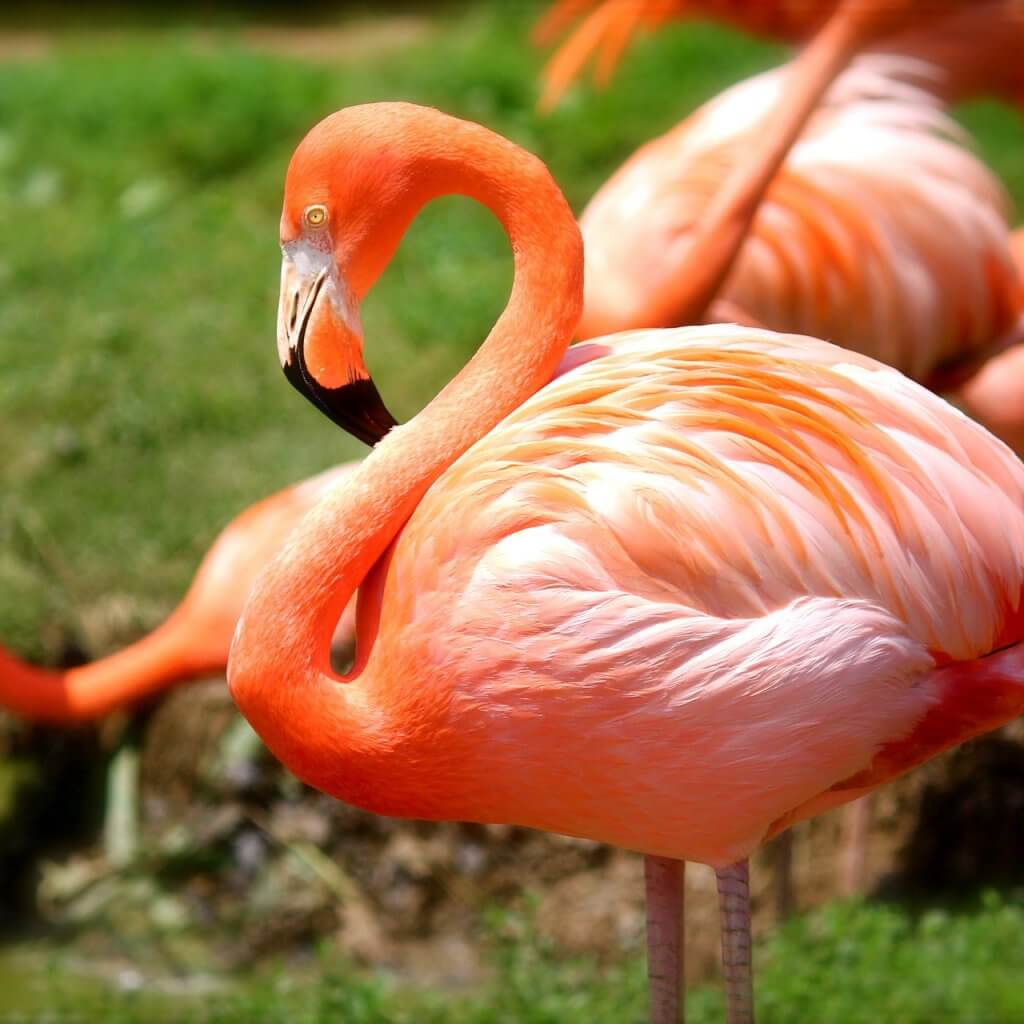
So we know astaxanthin keeps flamingos pretty in pink, but what can it do for humans?
What Astaxanthin Does for Humans
Astaxanthin is an antioxidant that assists in decreasing oxidation, a process occurring naturally through common chemical reactions in the body. “Free radicals,” which have the potential to be harmful, increasing the risk of cancer and stroke, are created from this process.
Studies based on laboratory research suggest that the algae extract that contains astaxanthin can interrupt the growth of skin cancer and breast cancer cells. Additionally, astaxanthin encourages heart health by reducing oxidative stress on the blood vessels and heart. Taking astaxanthin could even prevent heart attacks by impeding plaque from building up in the heart’s arteries, and boost the antioxidant defense systems that protect our eyes because the nutrient is lipid-soluble, like the eye itself. As such, astaxanthin is easily incorporated into the eyes and other fat-laden tissues.
Astaxanthin is also recognized for minimizing inflammation and disease associated with inflammation, such as rheumatoid arthritis, which is good news for runners!
Why Runners Should Take Astaxanthin
In the warmer months, runners spend a lot more time outdoors in the sun. Increased sun exposure may lead to skin damage, wrinkles, and even cancer, risks that are typically minimized by applying sunscreen. But recent studies indicate that many sunscreens may be doing more harm than good, as certain chemicals used by some brands can be harmful to your skin (not to mention the coral reefs of your favorite warm-weather destinations). Fortunately, you can protect your skin from damage and cancer from UV and sun exposure by taking astaxanthin.
Marine algae use astaxanthin to protect its cells from UVB damage, and your body can use it to protect your skin cells as well when astaxanthin is taken consistently. In essence, astaxanthin increases the skin tissues’ ability to resist inflammation from UV exposure!
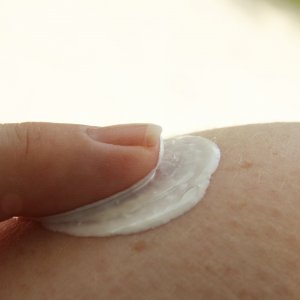
Although most of us automatically think of feet, fingers, knees, shoulders, and other exceptionally mobile body parts when discussing joints, a joint is actually any place in the body where two joints meet. In sport, however, certain joints are more prone to joint discomfort and injury from repetitive motion. These include pivot joints in the neck, gliding joints in the spine and foot, ball and socket joints in the hip and the shoulder, hinge joints in the ulna part of the elbow and in the knee, and condyloid joints in the wrist, to name a few. As athletes, our bodies depend on these joints to move efficiently. When these joints become inflamed due to repetitive use, the result can range from uncomfortable to disabling, making a movement like running so painful that it is nearly impossible. By reducing inflammation, astaxanthin supports joint and tendon health, enhancing your training and racing.
There’s an overwhelming offering of nutritional supplements, such as amino acids and protein powders, that claim to improve your running and recovery and boost your overall health. Astaxanthin is proven to lead to faster recovery from exercise for athletes by supporting the body’s normal inflammatory response to demanding exercise. Astaxanthin is also prescribed for muscle health and enhanced endurance capacity.
According to scientists studying the muscles of salmon, astaxanthin is behind the impressive endurance that enables these fish to swim upstream, as well as their pinkish flesh. Other studies found that this nutrient has the same effect on athletes, allowing them to train and compete at optimal levels by offering improved strength, enhanced endurance, and increased energy levels. One such study, published in the International Journal of Sports Medicine in 2011, also revealed that improved cycling for 21 competitive cyclists performing time trials was directly linked to astaxanthin in their diets.
Intense exercise, demanding training, and endurance events can increase inflammation, muscle damage, oxidative stress, and other physiological stressors. Without quality recovery, runners may go into their next training session with detrimental inflammation still present, interfering with the process of the performance adaptation that we need to be ready for race day! Runners are also more susceptible to illness and injuries when we don’t get the quality recovery that the body needs. The anti-inflammatory properties of astaxanthin can minimize muscle damage induced by running, so you can recover quickly and get back to training!
When and How to Take Astaxanthin
Taking krill is one option for runners who want to include astaxanthin in their arsenal of running tools for recovering faster so you can train harder, ultimately improving your race performance. Krill supplements only possess trace amounts of astaxanthin though, and as such, are a poor source of astaxanthin.
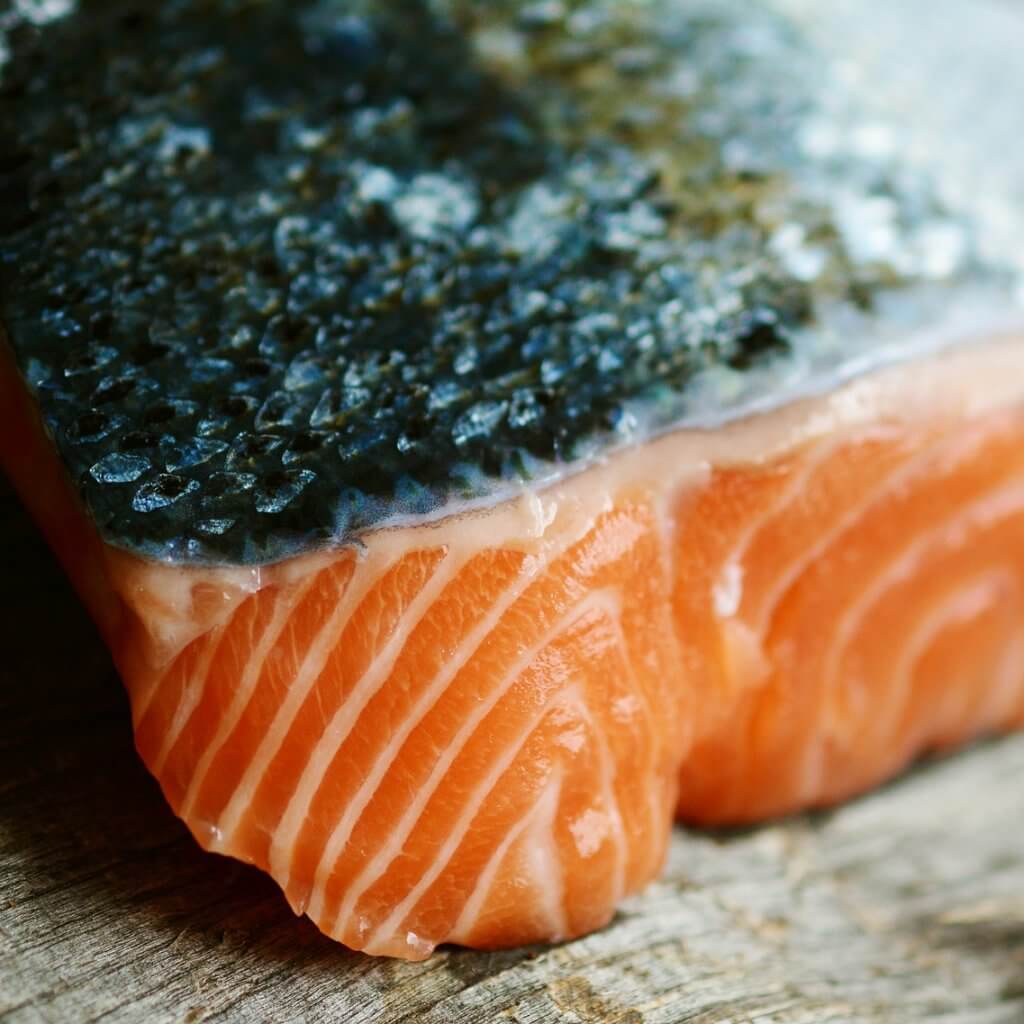
Consuming copious amounts of salmon and shrimp to up your astaxanthin game is another option. But you’d have to eat four ounces of sockeye salmon daily just to get a measly 4.5 milligrams of astaxanthin. Sports scientists recommend that athletes ingest between 2 mg and 24 mg of astaxanthin every day, so a better bet would be to take one 12mg gelcap daily. Astaxanthin gel caps are best taken with food. For you, breakfast eaters out there (and if you run in the morning, you should know better than to skip that post-workout breakfast!) take one 12mg gelcap with a post-workout meal that is high in healthy fats.
Like many supplements, taking an astaxanthin gelcap after a workout in the morning is recommended, since the fat in your meal will aid your body in absorbing the nutrient. Ingesting supplements such as astaxanthin right before going to bed or going for a run may make it harder for your body to digest, and result in acid reflux symptoms or heartburn from being in the prone position, or from strenuous activity.
One of the beauties of astaxanthin is that it is a fat-soluble antioxidant. This is also the reason it takes time to build up in your system, so don’t be alarmed if positive results don’t present themselves for anywhere from two to six weeks. Be patient, and you’ll notice that your skin, heart, eyes, and joints will thank you!
Astaxanthin By the Numbers
Unlike other antioxidants, such as beta carotene, vitamin C, D, E, and selenium, astaxanthin never becomes pro-oxidant in the body. Compared to these antioxidants, it’s also significantly stronger!
- Astaxanthin is 100 times stronger as an antioxidant than Vitamin E
- Astaxanthin is 4 times stronger as an antioxidant than beta carotene
- Astaxanthin is 6000 times stronger as an antioxidant than Vitamin C
- Astaxanthin is also soy-free, lactose-free, gluten-free, and typically free of GMOs (but check the label to be sure)
Astaxanthin isn’t for everyone, however. If you’re allergic or intolerant of certain algae, carotenoids like canthaxanthin, or drugs that inhibit 5-alpha-reductase, like finasteride or dutasteride, steer clear of astaxanthin. Avoid astaxanthin if you are pregnant or to trying to become pregnant. And always check with your physician if you have questions and concerns about allergies, training, recovery, skin, joints, and overall health.
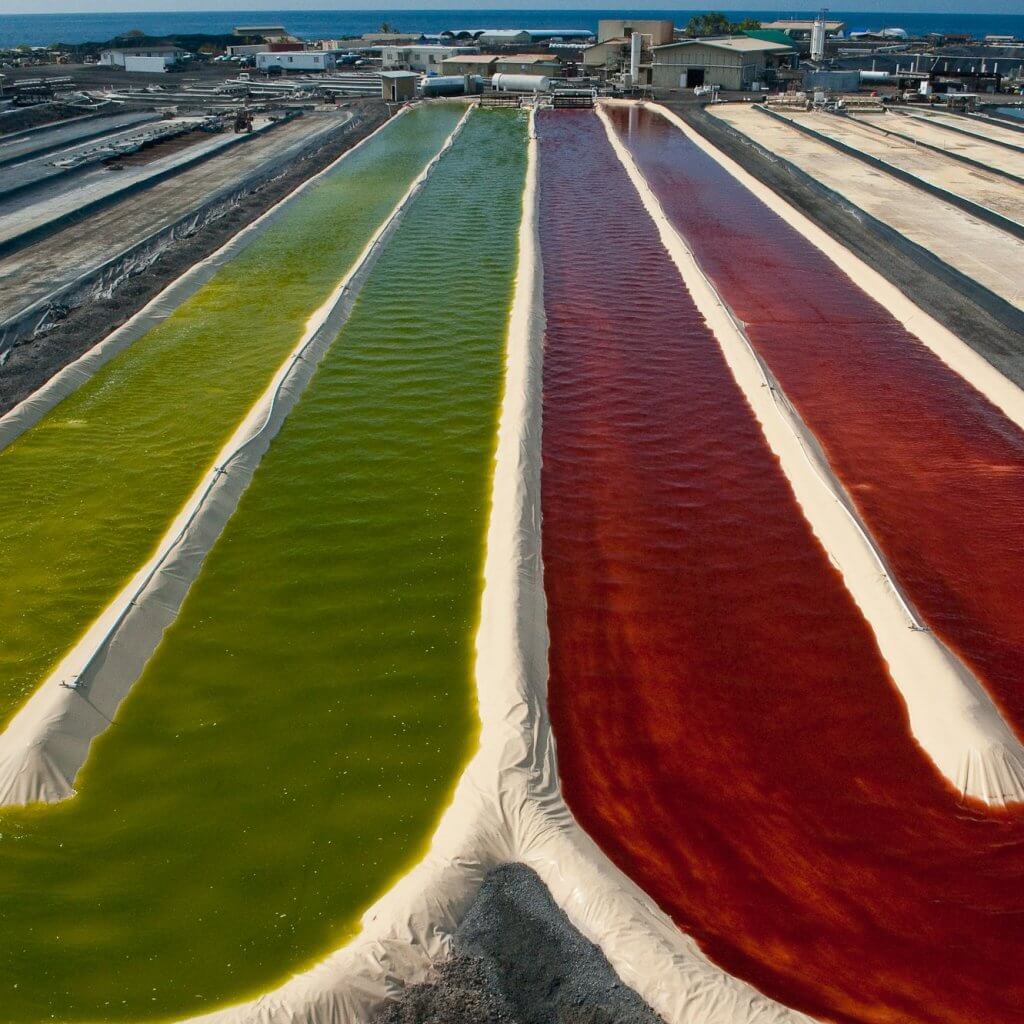
Since it occurs naturally when the body is subjected to internal or external stress, both in running and in life, oxidative damage cannot be eliminated. But that damage can certainly be lessened by including beneficial carotenoids in your diet. From your joints to your skin, supplements containing carotenoids like astaxanthin are a fantastic option for protecting and supporting your cells.
Sources
- , Phytochemicals, Dietary Study
- , Melanoma/Skin Cancer Health, Skin Cancer Guide
- , is your sunscreen doing more harm than good?, Health Blog
- , 5 Reasons to Take Astaxanthin Every Day, Lifestyle Blog
- , Effect of astaxanthin on cycling time trial performance, Medical Abstract
Latest Articles
 Is Running on a Treadmill Easier Than Running Outside?Runners have their own preferences, whether it is treadmill running, running outside on the road, or exploring trails. So...
Is Running on a Treadmill Easier Than Running Outside?Runners have their own preferences, whether it is treadmill running, running outside on the road, or exploring trails. So... Is It OK to Use Trail Running Shoes on the Road?While trail running shoes can be used on roads, especially in situations where a runner encounters mixed terrains or pref...
Is It OK to Use Trail Running Shoes on the Road?While trail running shoes can be used on roads, especially in situations where a runner encounters mixed terrains or pref... How to Fix Sore Quads After Running?Rest, ice, gentle stretching, and over-the-counter pain relievers can help soothe sore quads after running. Also, ensure ...
How to Fix Sore Quads After Running?Rest, ice, gentle stretching, and over-the-counter pain relievers can help soothe sore quads after running. Also, ensure ... 10 Fruits With The Most Electrolytes to Replace Sports DrinksThese fruits are high in electrolytes such as potassium, magnesium, and calcium, essential for hydration, muscle function...
10 Fruits With The Most Electrolytes to Replace Sports DrinksThese fruits are high in electrolytes such as potassium, magnesium, and calcium, essential for hydration, muscle function...

